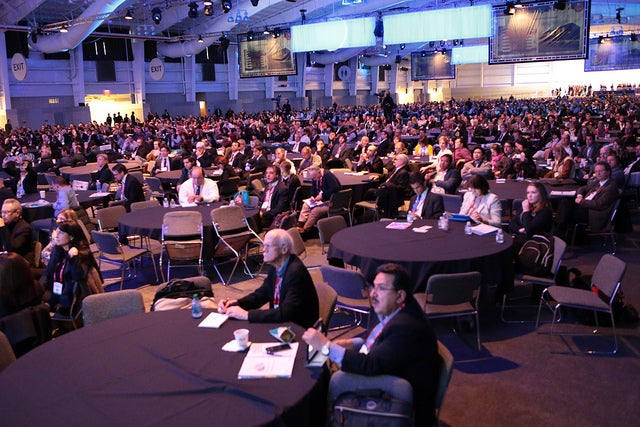 In a February Wall Street Journal article (“California Girds for Electricity Woes”), reporter Rebecca Smith gives an alarmist and misleading account of California energy regulators’ efforts to secure a cleaner, less expensive, more reliable electricity grid. Right now, California has plenty of power: 44 percent more generating capacity than it typically uses, including a considerable fossil fuel energy portfolio. Renewables – large scale, rooftop solar, wind, and, increasingly, energy storage – make up almost 15 percent of the grid, a percentage that will more than double in the next decade. These clean, innovative energy technologies are working to improve the system by reducing the need for fossil fuels.
In a February Wall Street Journal article (“California Girds for Electricity Woes”), reporter Rebecca Smith gives an alarmist and misleading account of California energy regulators’ efforts to secure a cleaner, less expensive, more reliable electricity grid. Right now, California has plenty of power: 44 percent more generating capacity than it typically uses, including a considerable fossil fuel energy portfolio. Renewables – large scale, rooftop solar, wind, and, increasingly, energy storage – make up almost 15 percent of the grid, a percentage that will more than double in the next decade. These clean, innovative energy technologies are working to improve the system by reducing the need for fossil fuels.
The reality is that the grid is changing, driven by California’s quest to secure an environmentally safe and affordable electricity system. Increasing the amount of renewable energy on the grid will mean that more generation is variable; electricity output from solar and wind depends on sunshine or windiness, respectively. Up to this point, California has met this challenge by backing up clean resources with fossil fuels. But California’s ratepayers can’t afford to keep doing this, so instead of “girding for woe,” the CAISO and the CPUC met to proactively address our changing future – to move California towards cleaner, less expensive electric grid planning.
This new approach can increase California’s ability to rely on clean energy generation by building greater flexibility into the system – while giving more options to consumers. Not only can customer-based (“demand-side”) clean energy technologies reduce reliance on polluting power plants, they are quite likely to be more reliable and are potentially more cost-effective. Demand response, or the ability of customers to choose to save money by responding to a price or electronic signal from the grid operator in times of excess system demand, will be key to integrating large amounts of intermittent solar and wind without back-up fossil or storage. In fact, during afternoon peak demand, where supply is extremely limited in its ability to serve load, the addition of virtual generation resulting from the participation of DR into the market will actually lower energy prices.
California has already installed a robust digital metering infrastructure – and it’s time to put these meters to work by enabling customers to participate in demand response and other demand-side programs. Coupled with technologies that now allow for fast, reliable, automated ‘set-it-and-forget-it’ adjustments to electricity use, we can seamlessly integrate variable electricity resources, such as wind and solar, without disrupting energy users. Customers can choose to become an energy resource instead of fossil fuel plants. Read More »











